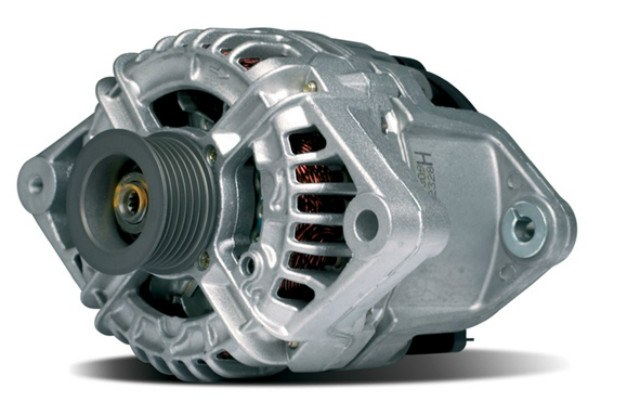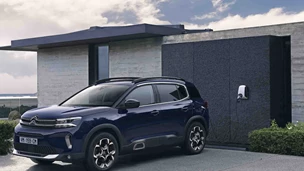Every modern car with an internal combustion engine comes with an alternator, a component which is just as vital as the engine in starting and running the vehicle it’s in. But just what is an alternator exactly? How does it work and why does knowing these things matter to motorists?
Why the alternator matters
In cars, the alternator is a generator which keeps all of the vehicle’s electrical systems running. The alternator is attached to a petrol or diesel engine and is driven by a drive belt.
When a car’s engine is running, the alternator charges the vehicle’s onboard battery and provides additional electric power to the electrical systems.
Without an alternator, a modern car would not only be incapable of using its lights, electric wipers, electric windows or other accessories, but won’t even start properly.
If the alternator stops running, then a car could keep running on battery power alone for a short period of time, but will break down as soon as its charge is depleted. If an alternator breaks, then replacing it can prove expensive but there are ways of identifying alternator issues and fixing them without spending a lot.
Identifying and fixing an alternator issue
An alternator normally shouldn’t require regular maintenance checks and can last for several years or more without any sort of repairs. They can go wrong on some cars though and normally your first visual clue that it has gone wrong is that the red battery charge warning light will appear on your dashboard.
When you start a car’s ignition the battery warning light is one of several lights that will appear on the dashboard but it should disappear as soon as the engine starts. But if this warning light stays lit, then it could be because the alternator is faulty. Alternatively, it might be linked to a faulty battery or damaged cabling, but whatever the cause you should get a mechanic to run tests so they can identify the defective part.

Another way you may pick up on an alternator issue is if you notice that the headlights or the dashboard lights appear dim while the car is at idle, but get brighter when the car reaches higher revs.
Whatever the exact cause of the issue, a trained mechanic will be able to identify what exactly is stopping your car’s electrical systems from working and explain to you what needs to be done next. The sooner you get the car checked the moment you suspect an issue, the less likely the chances you’ll have to spend hundreds of pounds getting a replacement alternator.
Your car is also far less likely to have alternator issues as long as it has an undamaged protective engine undercover or shield. If this is damaged or removed, then there is a risk that water or sand could get inside the alternator at some point and cause it to wear faster.




